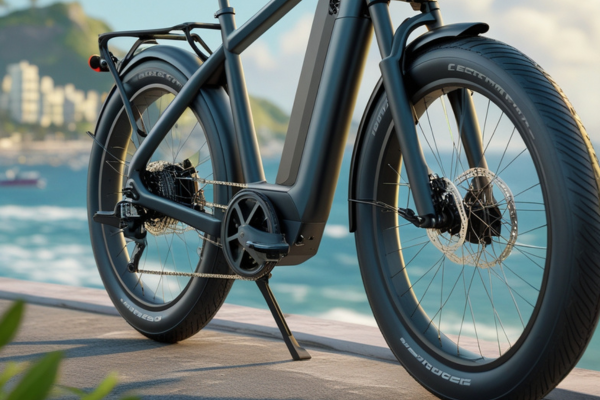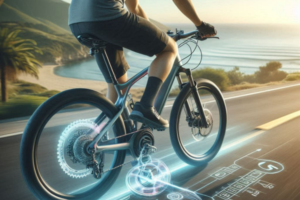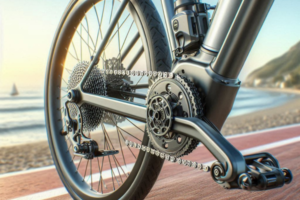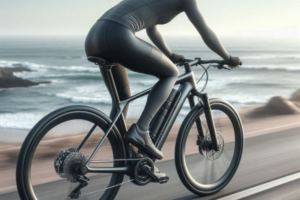⚙️ The Link Between Tire Pressure and Speed
Tire pressure is one of the most underestimated factors influencing the speed of your electric bicycle. While motor power and battery efficiency often take the spotlight, the amount of air in your tires can make or break your ride’s performance. It directly affects rolling resistance, grip, and energy consumption — all of which play a role in how fast and efficiently you move.
In humid or coastal environments, maintaining the correct tire pressure becomes even more important. Temperature and moisture can alter internal pressure levels, reducing the consistency of your ride if not monitored regularly.
🛞 What Happens When Tire Pressure Is Too Low?
When tire pressure drops below the recommended range, the contact surface between the tire and the road increases. This may offer slightly more traction, but it comes at the cost of speed and efficiency. Low pressure creates more rolling resistance, meaning your motor has to work harder to maintain the same pace — which drains your battery faster.
In addition, underinflated tires are more prone to punctures and wear unevenly. This not only reduces speed but can also become a safety hazard, especially when riding on wet or uneven surfaces common in coastal cities.
💨 Effects of Overinflated Tires
On the flip side, overinflated tires reduce the surface area in contact with the ground, which minimizes rolling resistance and allows for a faster ride. However, excessive pressure can make your bike less stable, especially on slippery or rough roads. It also reduces shock absorption, making the ride harsher and increasing the risk of losing control at higher speeds.
In humid regions where roads may be slick or unpredictable, this can compromise safety. Finding the right balance is key to optimizing both speed and control.
📏 Finding the Optimal Tire Pressure
The ideal pressure depends on several factors, including rider weight, tire type, terrain, and environmental conditions. Most electric bicycles display the recommended PSI (pounds per square inch) on the tire sidewall. Use this as your starting point, then make small adjustments based on your riding habits.
- For smooth, paved roads: Slightly higher pressure can improve speed and efficiency.
- For wet or uneven terrain: Moderate pressure provides better grip and control.
- For heavy riders or cargo loads: Slightly more pressure helps maintain tire shape and reduce drag.
Always use a reliable tire pressure gauge and check your tires weekly, especially if you’re riding in areas with frequent humidity or temperature changes.
🧰 Maintenance Tips for Consistent Performance
Keeping your tire pressure at optimal levels doesn’t require much effort, but it does require consistency. Make tire pressure checks part of your routine — before long rides, after big temperature changes, or at least once a week.
Also consider using puncture-resistant inner tubes or sealants, especially if you ride through unpredictable terrain. These help maintain pressure over time and prevent small leaks that can go unnoticed until they slow you down.
Lastly, always inspect your tires for signs of wear, cracks, or bulges. Even if the pressure is perfect, old or damaged tires will impact your speed and safety.
💬 Final Thoughts
Tire pressure might seem like a small detail, but it has a big impact on your electric bicycle’s speed and overall performance. By maintaining the right pressure for your riding conditions, you ensure a smoother, faster, and more efficient ride — especially in humid environments.
How often do you check your tire pressure? Share your best tips or tools for tire maintenance in the comments — your insight could help other riders stay fast and safe!



